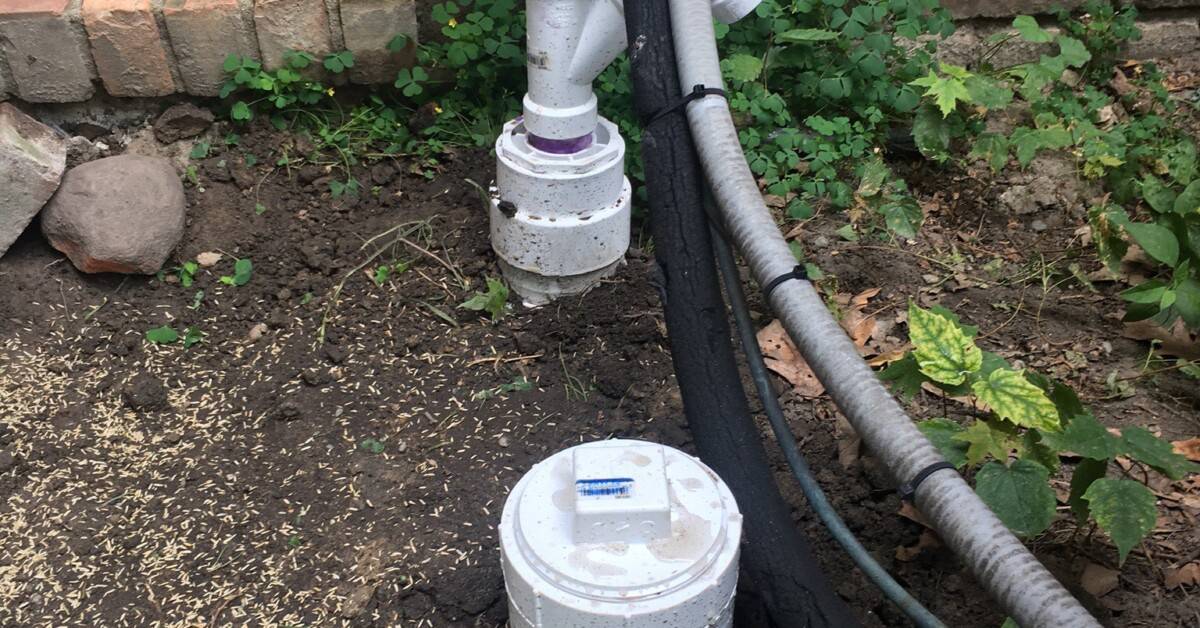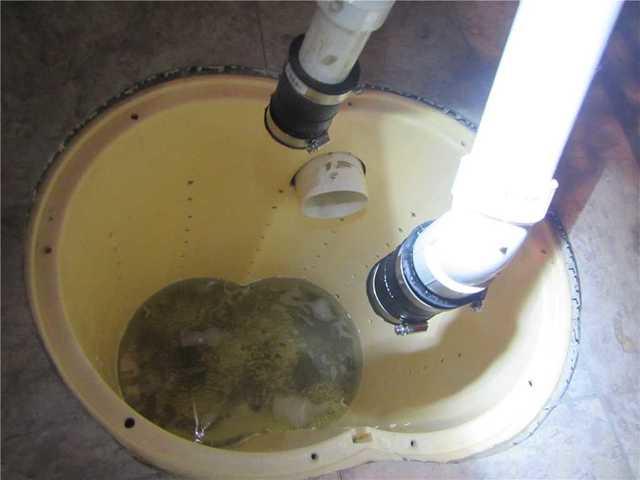Just how do you feel about Steps to Cleaning Your Sump Pump Properly?

Sump pumps are important components in lots of homes, especially in areas vulnerable to flooding or excessive wetness. They aid prevent water damage by successfully getting rid of excess water from basements or crawl spaces. Nevertheless, like any other home appliance, sump pumps call for normal maintenance to ensure they function efficiently when needed the most. Cleaning your sump pump is a crucial part of its maintenance, and recognizing just how to do it effectively can conserve you from pricey fixings and possible calamities.
Intro
Preserving a clean sump pump is vital for its proper performance and durability. Overlooking this crucial job can result in clogs, breakdowns, and eventually, water damage to your residential property. As a result, learning just how to clean up a sump pump is vital for home owners who rely upon these gadgets to maintain their basements dry and protected.
Signs of a Dirty Sump Pump
Understanding when your sump pump needs cleaning is important for avoiding possible breakdowns. Some common indicators that suggest a filthy sump pump consist of unusual noises throughout operation, minimized water flow, and noticeable debris in the pit. If you notice any one of these signs, it's necessary to cleanse your sump pump immediately to stay clear of any further issues.
Preparing for Cleansing
Prior to you begin cleaning your sump pump, it's essential to take some safety preventative measures. Begin by turning off the power to the pump to prevent any type of electrical accidents. Additionally, put on ideal safety gear, such as gloves and safety glasses, to shield on your own from dirt, debris, and possible microorganisms.
Comprehending the Sump Pump
Before diving right into the cleaning procedure, it's important to have a basic understanding of just how a sump pump works. Usually set up in a pit or container below the cellar floor, a sump pump contains a number of vital elements, consisting of a pump, a float switch, and a discharge pipeline. When water accumulates in the pit, the float button turns on the pump, which then pumps the water out with the discharge pipeline, away from the building's structure.
Detailed Guide to Cleaning Up a Sump Pump
Turning off the Power
Begin by separating the power supply to the sump pump to prevent any kind of crashes while cleansing.
Looking For Correct Performance
Before re-installing the pump, carry out a fast test to make sure that the float button triggers the pump properly. Pour some water into the sump pit and observe the pump's operation. If whatever is working correctly, you can reassemble the pump and reconnect the power supply.
Removing Particles and Dirt
Make use of a container or a scoop to eliminate any kind of noticeable particles, dust, or sediment from the sump pit. Dispose of the particles effectively to avoid it from clogging the pump or the discharge pipeline.
Cleaning up the Pump and Float Change
Once the pit is free from debris, carefully get rid of the pump from the pit. Inspect the pump and the float button for any indications of damages or wear. Use a soft brush or towel to clean the surfaces and get rid of any built up crud.
Flushing the System
After cleaning up the pump and float button, purge the sump pit with clean water to eliminate any type of continuing to be dust or sediment. This will assist make sure that the pump runs efficiently and successfully.
Upkeep Tips to Maintain Your Sump Pump Clean
In addition to periodic cleaning, there are a number of maintenance suggestions you can follow to keep your sump pump in ideal condition:
- Routine Evaluation: Inspect your sump pump on a regular basis for any kind of indications of wear, damage, or blockages.
- Keeping the Surrounding Location Clean: Make Sure that the location around the sump pit is without debris, dirt, and blockages.
- Checking the Pump Occasionally: Test your sump pump occasionally by pouring water into the pit and observing its operation. This will certainly help you identify any potential concerns before they rise.
Conclusion
Cleaning your sump pump is a crucial facet of its upkeep and makes sure that it operates effectively when you require it the most. By following the steps outlined in this overview and incorporating regular upkeep into your regimen, you can prolong the life expectancy of your sump pump and secure your home from water damage.
6 STEPS ON HOW TO CLEAN A SUMP PUMP PROPERLY
UNDERSTANDING SUMP PUMPS
Your sump pump plays a crucial role in protecting your home by managing and removing excess water. It primarily functions as a “shield”, guarding your basement against the damaging effects of water accumulation. The pump is housed in a sump pit in the lowest part of your basement, and its job is to pump out any water that collects there.
During heavy rainfalls or when snow melts rapidly, water can infiltrate your basement, posing potential risks like flooding, structural damage, and harmful mold growth. Here, the sump pump springs into action, pumping out the intruding water and directing it away from your home.
SAFETY FIRST
Before cleaning, remember to prioritize safety. Disconnect the sump pump from the power source to prevent any accidental electric shocks. Also, wear sturdy gloves to protect your hands from any sharp or dirty components within the pump.
REMOVE THE SUMP PUMP
After ensuring your safety, the next step is to remove the sump pump from its pit. Doing this might require careful maneuvering as you don’t want to damage any pump components. Once removed, clean the sump pit to remove any accumulated debris or sludge.
INSPECT THE PUMP
Inspect the pump for any visible signs of wear or damage. Check the power cord, float switch, and impeller housing. If any components look worn out or damaged, consider replacing them to ensure optimal performance.
CLEAN THE PUMP
Thoroughly clean the pump with warm, soapy water. Make sure to rid it of any dirt, gravel, or other debris that might impede its performance. You can use a toothbrush to clean the small, hard-to-reach parts of the pump.
REINSTALL THE SUMP PUMP
- Reinstall the pump into the sump pit
- Make sure it’s positioned correctly to remove the water effectively
- Once it’s back in place, reconnect it to the power source
TEST THE PUMP
Finally, pour some water into the pit to ensure the pump works correctly. It should start automatically and begin pumping out the water; if it doesn’t, check the power source and the positioning of the pump.
Remember, while cleaning your sump pump is an essential part of home maintenance, hiring a professional plumber for a thorough inspection and cleaning at least once a year is also important. This will ensure that your pump is in optimal condition, ready to protect your home from potential water damage.
BEST PRACTICES FOR CLEANING SUMP PUMP DISCHARGE PIPES
- Regular Inspection: Regularly inspect your discharge pipes, especially during heavy rainfall or snowmelt periods. Look for any signs of blockage or damage. Early detection of problems can prevent serious issues down the line.
- Periodic Cleaning: Over time, sediment and debris can accumulate in the discharge pipes, impeding the flow of water. Regular cleaning helps keep the pipes clear and functioning efficiently. You can use a high-pressure water jet to effectively clean the pipes.
- Insulation During Winter: In colder climates, discharge pipes can freeze, blocking the outflow of water. Protect your discharge pipes from freezing temperatures by insulating them with foam pipe insulation. This will ensure the sump pump can continue to discharge water even in freezing conditions.
- Proper Positioning: The discharge pipe should be positioned to direct water away from your home’s foundation. Improper positioning can lead to water seeping back into the basement. Ensure the pipe is long enough and angled correctly.
- Installation of a Check Valve: A check valve prevents water from flowing back into your sump pit after the pump has pushed it out. Installing a check valve helps maintain the efficiency of your sump pump and reduces the risk of flooding.
- Minimize Pipe Turns: Every curve or turn in the discharge pipe can decrease the efficiency of water flow. By minimizing turns and bends in your discharge pipe, you can increase the efficiency of your sump pump.
https://www.fullspeedplumbing.com/how-to-clean-a-sump-pump-properly9999/

As an avid reader on How to Care for Your Sump Pump, I think sharing that editorial was important. Remember to take the opportunity to distribute this page if you liked it. I take joy in your readership.
Website
Comments on “Highly-Rated Steps for Maintaining Your Sump Pump”